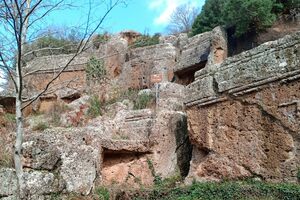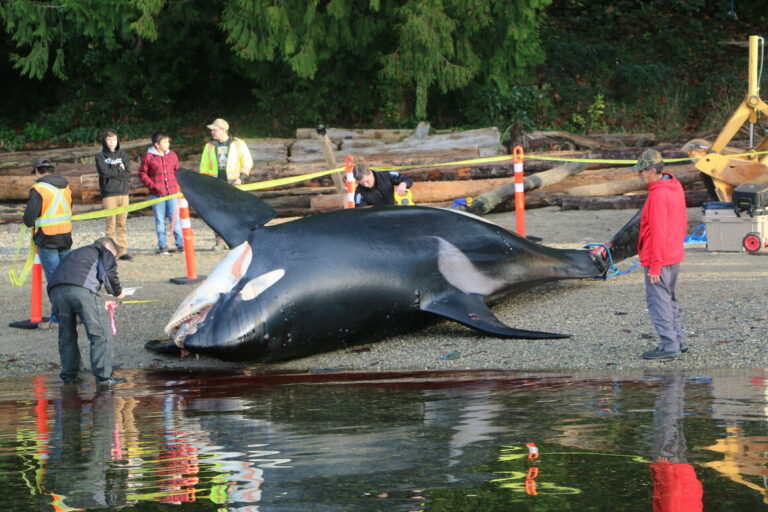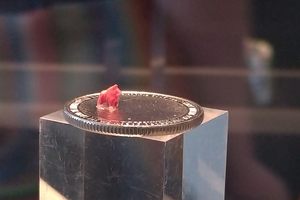Norchia Necropolis in Viterbo, Italy

It’s hard to describe the wilderness and abandonment of this spectacular archaeological site. Norchia was a satellite settlement of the powerful Etruscan city of Tarquinia, which dominated the coast of northern Lazio during the 4th-century CE. Norchia was likely established as one of the city’s outposts inland from the Tyrrhenian Sea, which also crossed several important overland trade routes.
Even today, Norchia’s impressive landscape is a testimony to its strategic position. The plateau is marked by the ruins of a medieval castle and the Romanesque church of Saint Peter, all of which were easily defensible. The Etruscans even dug one of the region’s most impressive ditches on the southern side, while on the eastern, northern, and western fronts high ground was assured by the deep canyons formed by the Biedano river and the Pile stream.
However, like elsewhere in the Etruscan world, Norchia is especially remarkable for its necropolises. These are categorized into six distinct groups, the most impressive of which are those at the start of the trail from the parking lot and those in the valley further north.
Most of the tombs date from the 4th to the 2nd centuries BCE and are “dice-shaped,” complete with scant remains of exterior decorations. Others are composed in the Doric “Hellenistic” style, with two remarkable temple-like façades and carvings that display ritual processions, Etruscan demons, supernatural beings, and two Gorgon heads.
When the Biedano’s river level is low, adventurous hikers can attempt to cross. Just below the church on the other side of the river, an unmarked trail leads to the Cava Buia, one of the famous Etruscan Vie Cave paths dug into the rock. They often contain inscriptions and Christian crosses designed to ward off evil.
The acropolis is mostly unexcavated and little is known of the Etruscan settlement under the present medieval monuments.





